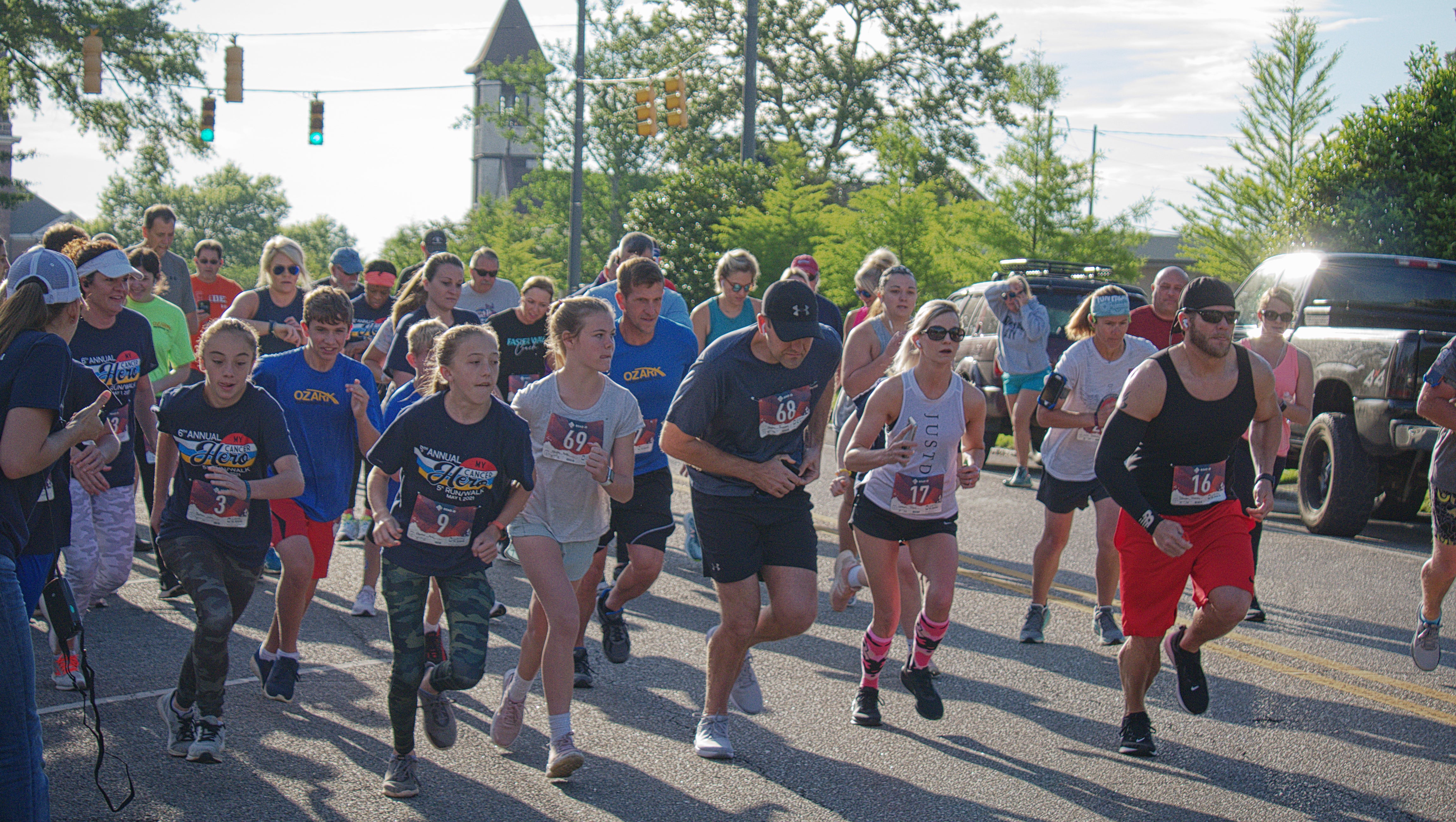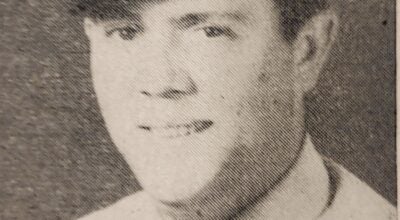New book chronicles mid 20th-century Brantley in pictures, words
Published 4:28 pm Tuesday, July 2, 2019
|
Getting your Trinity Audio player ready...
|
History or more specifically the study of history is often concerned with the grand narrative of events.
Biographies and books tend to focus on the “great men” of history or the overarching events that can be shaped into narrative with the benefit of hindsight.
History is there too, however, at a smaller scale.
Folk and oral histories can illuminate aspects of the small, the everyday.
Driving through a small Alabama town for the first time, for example, you will see that history abounds.
The town was founded for some reason, whether as a railroad depot or centered around a water mill, and grew into the social and economic apparatus we call a town.
In the 20th Century, many (most) small towns shifted from being based around factories, at which point some died or shriveled and some found new purposes.
At a certain point, after the Great Depression and the second World War, however, it could be argued that these small towns were at their peak.
The downtowns that are now too often half vacant were thriving and manufacturing factories employed people from all walks of life.
The everyday struggles and stories are easily lost with time, and even the cultural, economic and social histories can be lost if no local history or caretaker lays hold to the narrative.
Brantley resident and author Fran Tisdale’s father, Felix H. Tisdale, was a prolific photographer and tirelessly catalogued Brantley in the mid 20th Century.
For years, she has eyed one part of the inheritance he left her- countless folders and boxes of photos of Brantley from the 1940’s, 50’s and 60’s- with the idea of combining them into a book.
Tisdale knew it would be a mammoth task, and it was, especially when she expanded the book beyond her father’s pictures to include memories and other pictures, including playbills and business cards and more, from those who lived in Brantley during the time.
She enlisted the help of her now 100-year-old cousin Vera Tisdale and lifelong Brantley resident James H. “Goat” Hollis, Jr., and took to Facebook to seek Brantley residents from that time willing to share memories, pictures and clarification.
The result is a large tome called “Brantley, Alabama – My Neck of the Woods,” a book that exhaustively covers the businesses and culture of mid-century Brantley and offers peeks into what life was like.
Many photos, such as one of the almost all-female crew of the sewing factory located in Brantley at the time, offer remarkable glimpses into what seems like a different world.
Tisdale was able to include photos from as far back as the 1920’s, newspaper articles and headlines from the several Brantley-based newspapers of the time, playbills featuring hand-written advertisements and much more.
Felix Tisdale ran a photography lab at Fort Rucker and was able to take other remarkable pictures as a result, including the aerial shot of Brantley, presumably shot from a helicopter, that graces the cover of the book.
“It makes me happy that I’ve gathered this so everyone can see,” Tisdale said.
The process of putting the book together took nearly three years.
She and others went through thousands of photographs to shape the loose narrative of the book and find the ones most worth including.
They even sifted through countless photo negatives.
She contacted people through social media who had parents or grandparents who owned businesses in Brantley at the time and said the “response was overwhelming.”
For many photos, including the sewing factory photo, former employees were able to identify many of the women in the picture.
Tisdale also asked many of these people to write funny or poignant memories, many of which are included at the end of the book.
The book is without a doubt a treasure for those seeking a look into the history of Brantley or Crenshaw County as a whole.
Tisdale finally finished the “painstaking process” of organizing the book this May.
“I see people my age and older look at the book and say it brings back so many memories. They look at it and say ‘this is what we lived in. Everything was so easy.’” Tisdale said.
Beth Rogers of the Living Water Coffee House and Around the Loop Designs published the book.
Tisdale credited Rogers with being indispensable during the editing and compiling process, putting up with her changes and corrections and ultimately helping her to make the book what it is.
The book is currently available on Amazon, at Michael’s Southern Foods in Brantley or can be obtained by contacting Tisdale.





